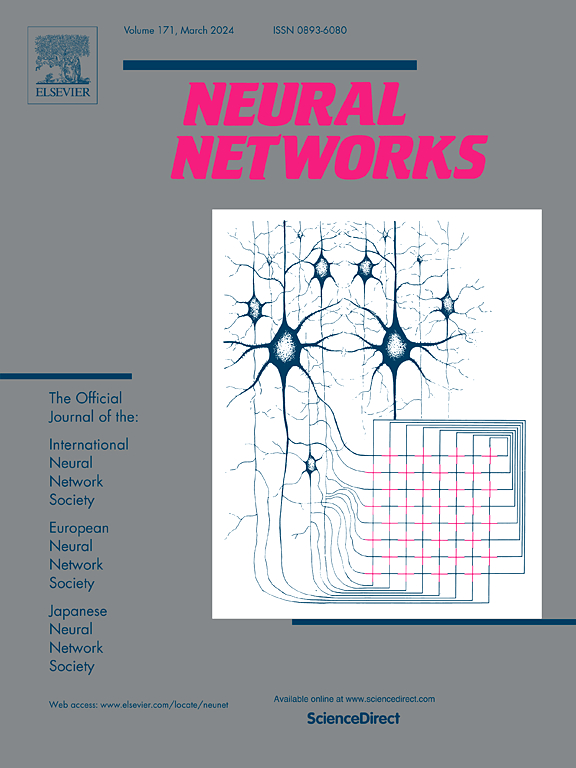Hierarchical task network-enhanced multi-agent reinforcement learning: Toward efficient cooperative strategies
IF 6
1区 计算机科学
Q1 COMPUTER SCIENCE, ARTIFICIAL INTELLIGENCE
引用次数: 0
Abstract
Navigating multi-agent reinforcement learning (MARL) environments with sparse rewards is notoriously difficult, particularly in suboptimal settings where exploration can be prematurely halted. To tackle these challenges, we introduce Hierarchical Symbolic Multi-Agent Reinforcement Learning (HS-MARL), a novel approach that incorporates hierarchical knowledge into MARL to effectively reduce the exploration space. We design intermediate states to decompose the state space into a hierarchical structure, represented using the Hierarchical Domain Definition Language (HDDL) and the option framework, forming domain knowledge and a symbolic option set. We leverage pyHIPOP+, an enhanced hierarchical task network (HTN) planner, to generate action sequences. A high-level meta-controller then assigns these symbolic options as policy functions, guiding low-level agents in their exploration of the environment. During this process, the meta-controller computes intrinsic rewards from the environmental rewards collected, which are used to train the symbolic option policies and refine pyHIPOP+’s heuristic function, thereby optimizing future action sequences. We evaluate HS-MARL with comparison to 15 state-of-the-art algorithms across two types of environments: four with sparse rewards and suboptimal conditions, and a real-world scenario involving a football match. Additionally, we perform an ablation study on HS-MARL’s intrinsic reward mechanism and pyHIPOP+, along with a sensitivity analysis of intrinsic reward hyperparameters. Our results show that HS-MARL significantly outperforms other methods in environments with sparse rewards and suboptimal conditions, underscoring the critical role of its intrinsic reward design and the pyHIPOP+ component. The code is available at: https://github.com/Mxc666/HS-MARL.git.
求助全文
约1分钟内获得全文
求助全文
来源期刊

Neural Networks
工程技术-计算机:人工智能
CiteScore
13.90
自引率
7.70%
发文量
425
审稿时长
67 days
期刊介绍:
Neural Networks is a platform that aims to foster an international community of scholars and practitioners interested in neural networks, deep learning, and other approaches to artificial intelligence and machine learning. Our journal invites submissions covering various aspects of neural networks research, from computational neuroscience and cognitive modeling to mathematical analyses and engineering applications. By providing a forum for interdisciplinary discussions between biology and technology, we aim to encourage the development of biologically-inspired artificial intelligence.
 求助内容:
求助内容: 应助结果提醒方式:
应助结果提醒方式:


